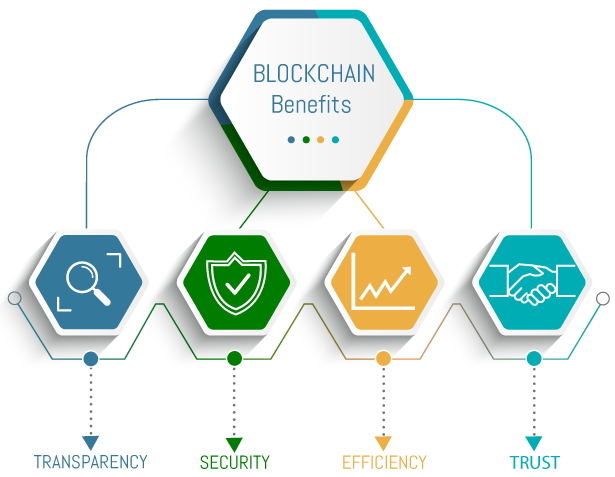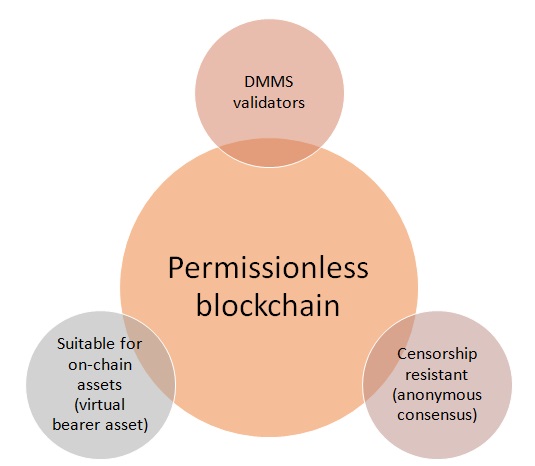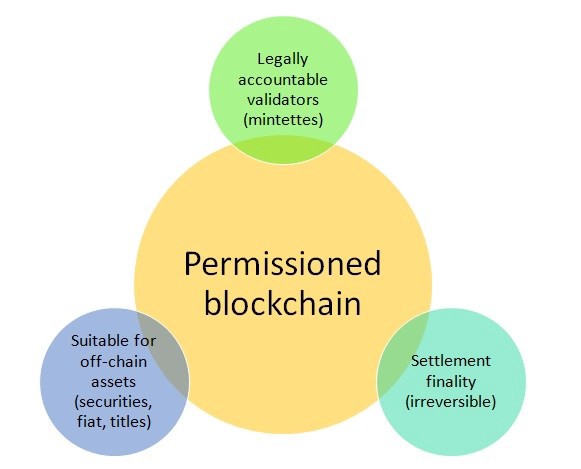You’ve undoubtedly heard the phrase “Blockchain technology” a lot during the last several years, most often in reference to cryptocurrencies like Bitcoin. Blockchain seems to be a platitude, but only in a broad sense since there is no actual meaning that the layperson can readily grasp. It is critical to understand what Blockchain is, the technology that is utilized, how it works, but also how it is becoming more important in the digital world.
According to Global Data’s Thematic study report, the interest for cryptocurrencies fell by 20% in 2018 compared to prior years. The reason for this is that companies choose to use conventional methods for their early-stage initiatives rather than Blockchain technology.

People have greater expectations based upon weaker impressions based on the study results, and the reality regarding Blockchain will be revealed in a few years. It offers genuine value, and its scope will expand and become more user-friendly over time. As a result, it is up to you to learn about this developing technology in order to be prepared for the future. If you are unfamiliar with Blockchain, this is the platform for you to acquire a solid fundamental understanding.
Trading is among the most effective methods to increase your financial security, and the possibilities and choices for trading are getting more varied and interesting. Bitcoin is a fast-expanding asset class in and of itself. If you are new you should know pros and cons of bitcoin mining.

What Are the Advantages of Blockchain Technology?
The distributed nature of blockchain technology is a significant benefit. Transferring value between two parties in today’s financial markets often necessitates the use of centralized transaction processors like banks or credit card systems. By acting as a middleman, these processors minimize market risk for each party while centralizing credit risk with themselves.
Each of these centralized processors has its own ledger; transacting parties depend on these processors to complete transactions correctly and securely. Transaction processors are compensated for delivering this service. A blockchain, on the other hand, enables participants to transact directly with one another through a unified distributed ledger, removing the need for centralized transaction processors.
Aside from efficiency, the Blockchain has additional distinguishing features that make it a game-changing invention. Because all active nodes save complete copies of the blockchain ledger, Blockchain is deemed trustworthy. As a result, even if one node fails, the ledger remains accessible to all other network members.
Furthermore, each block in the chain references to the preceding blocks, preventing transactions from being deleted or reversed after they are added to the Blockchain. Nodes on a whole blockchain network may come and go, but the network’s integrity and dependability will be preserved as long as it is utilized. As a result, no one entity has power over a blockchain, and thus no single party could alter or turn it off.

Permission less Blockchain
Any prospective user may access a permissionless blockchain. The Bitcoin blockchain, for example, is a permissionless or public blockchain; anybody may join as a node in the chain by consenting to relay and verify transactions on the network, thus providing their computer processor as more than just a node. It is as easy as installing the software and bitcoin database from the Internet to join the Blockchain. Because the Blockchain keeps a record of every transaction ever made, it displays the whole transaction history as well as the account balances of all participants.

Permissioned Blockchain
Because of the limits of permission less blockchains, several companies are investigating the usage of private as well as permissioned/consortium blockchains, which limit membership in the blockchain network to users who have previously been granted permission by agreed-upon administrators. These blockchains solve some of the shortcomings of public blockchains while foregoing some of the possible advantages. Permissioned blockchains were indeed likely to be established by a group of stakeholders who may profit from a shared ledger system collectively. A supply chain network, for example, may wish to utilize a blockchain to monitor the flow of products.

Where Can Blockchain Technology Be Used?
Blockchain technology has the potential to have a wide-ranging effect on a variety of sectors. The most potential uses occur in situations where the transferring value or even assets between parties is presently time-consuming, costly, and necessitates the involvement of one or more centralized organizations.
Securities settlement, which nowadays may entail multi-day clearing and settlement procedures involving numerous financial intermediaries, is one activity that has piqued the attention of many. Specific financial services professionals think that the financial services sector is about to be disrupted: developments in new technologies like Blockchain are anticipated to change the business and its workforce through automating many of the tasks now done by people.

























